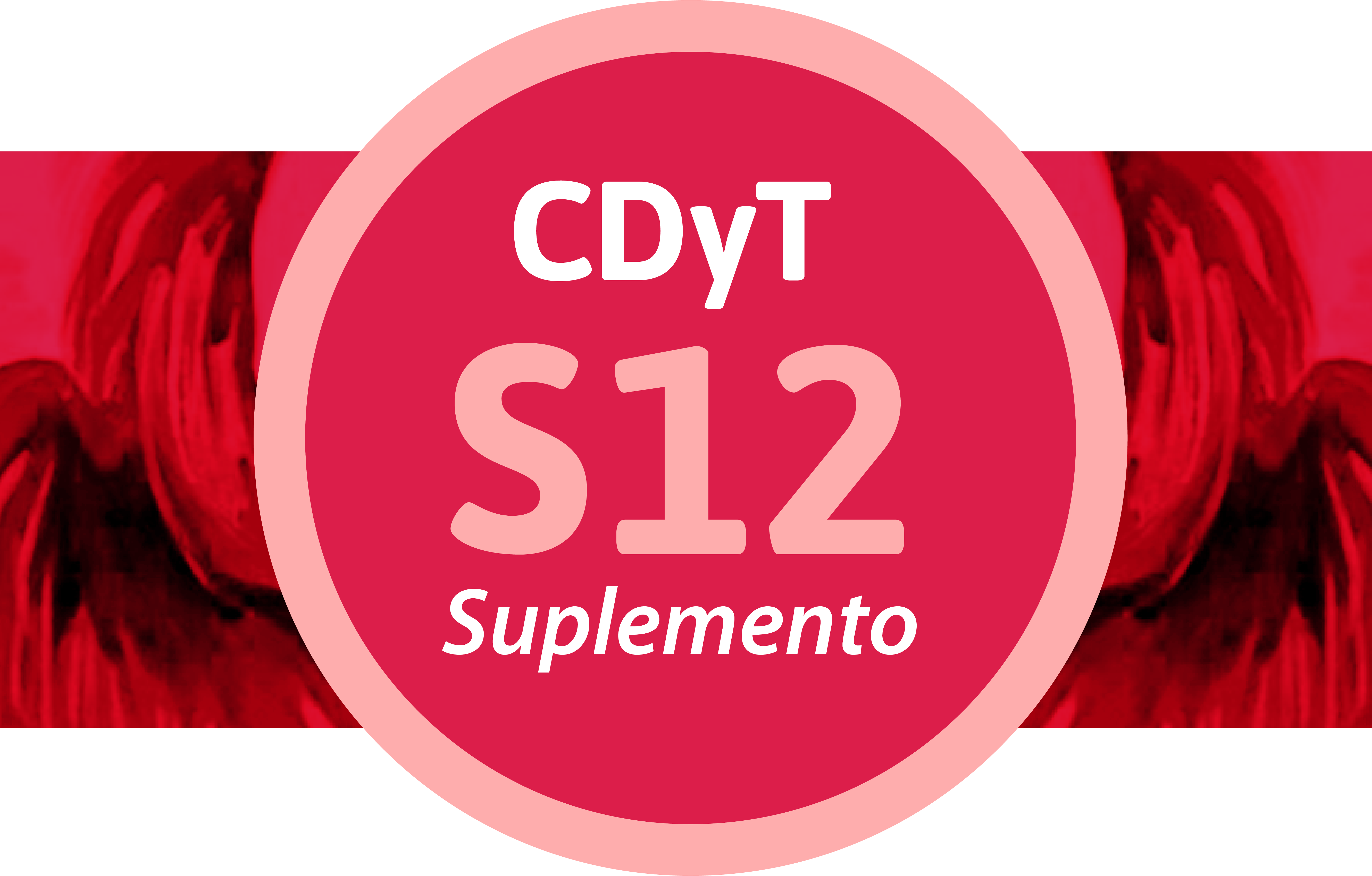Abstract
The mortality and morbidity rates associated with end-stage renal disease (ESRD) are increasing constantly and is expected to continue in the incoming decades. Patients in ESRD require renal replacement therapy (RRT) schemes, including peritoneal dialysis, hemodialysis and renal transplantation. Renal transplantation is the best alternative but there are not donors to cover the growing demand. Usually, the patients without renal transplantation but with RRT, have not good quality of life. For that reason, the theoretical study and computational simulation of transport phenomena in hydroelectrolytic regulation systems for blood tissue, would allow to guide technological trials including strategies used in current therapies. The purpose of this project was to contribute to a set of appropriate models for the study of hemodialysis processes. Different modeling strategies for blood tissue were evaluated both for the macro and the microscale, to capture the main mechanical behaviors. Results were obtained for different cases which have been published in national and international scientific meetings.

This work is licensed under a Creative Commons Attribution 4.0 International License.

